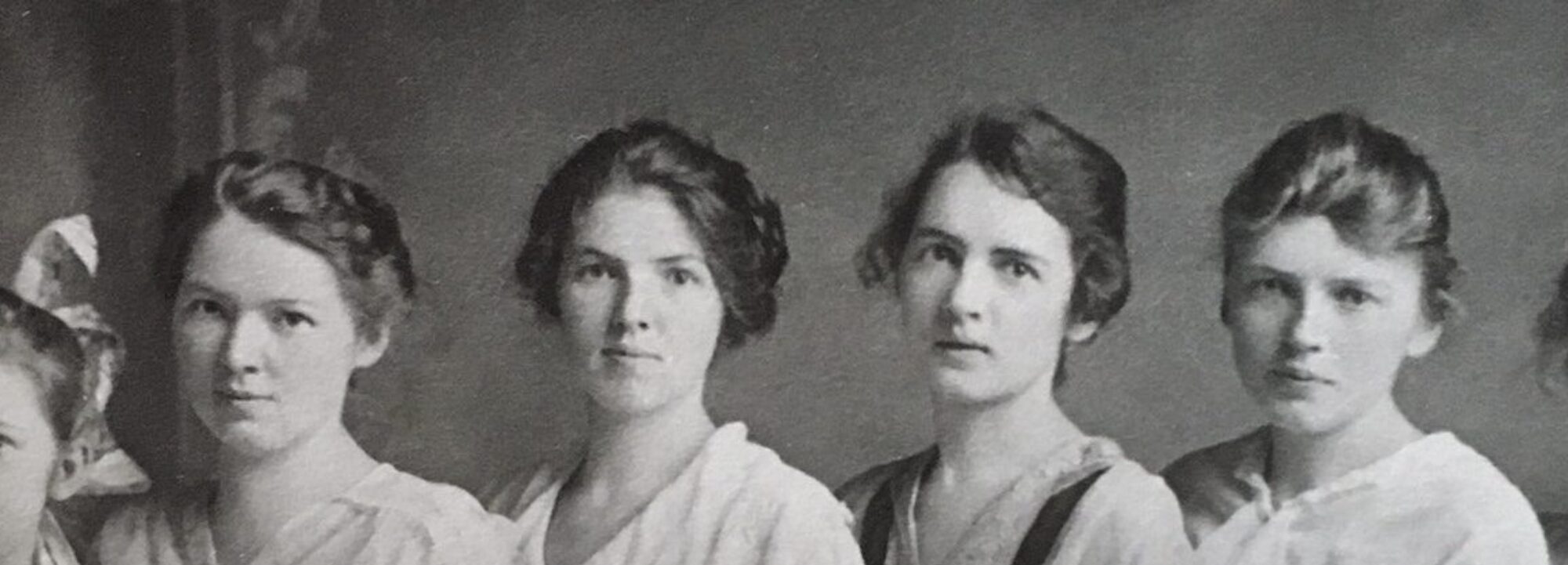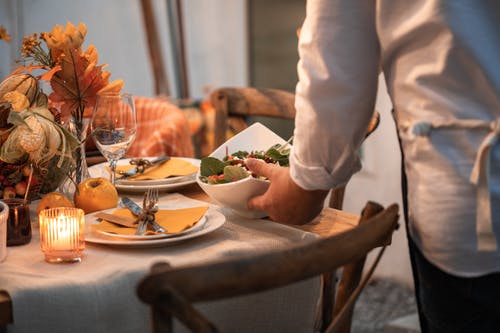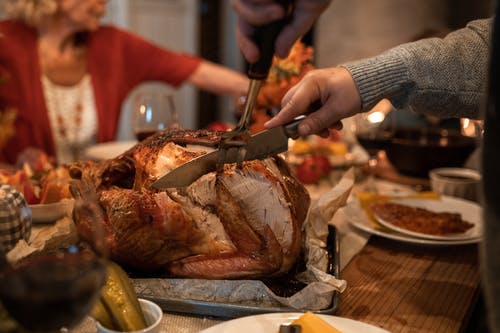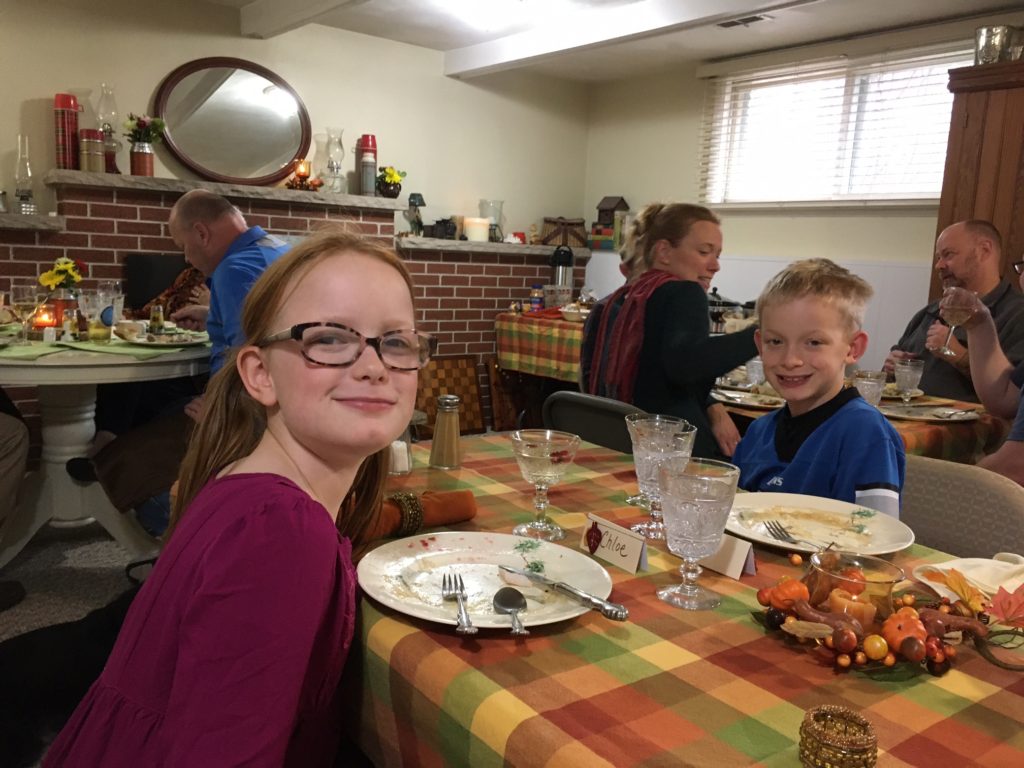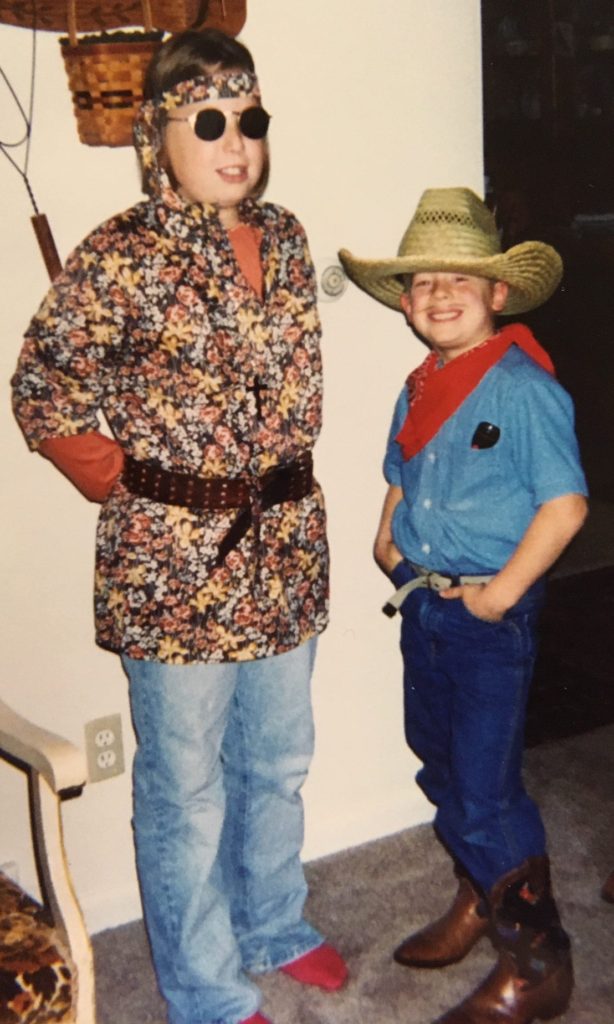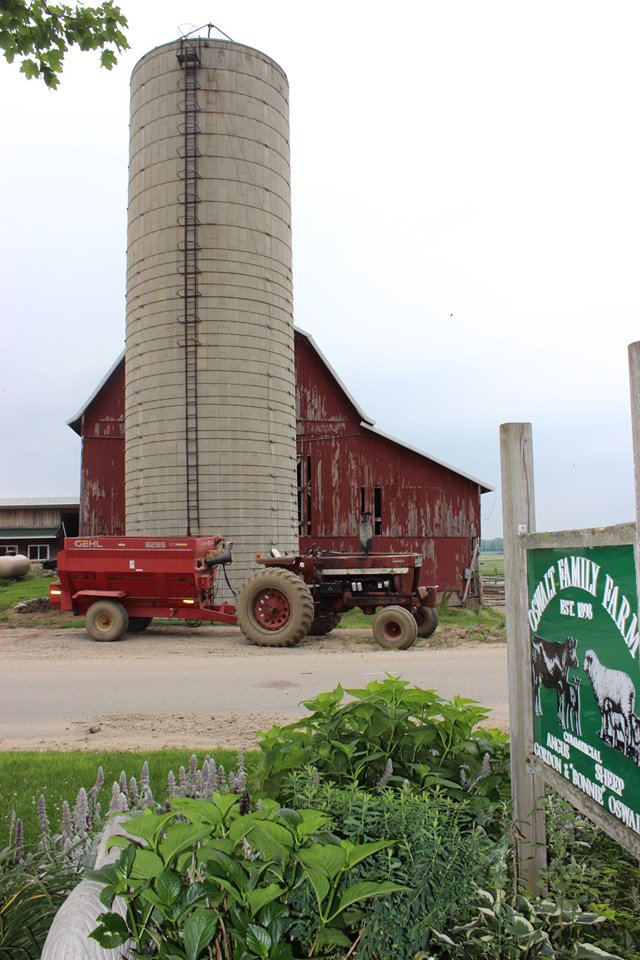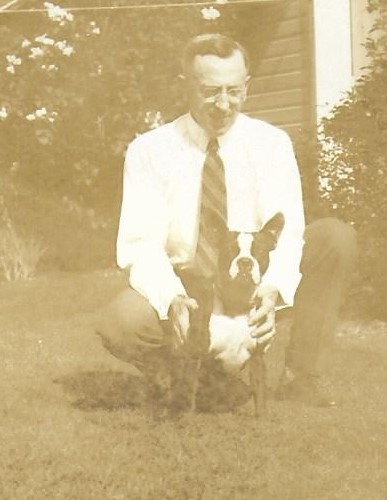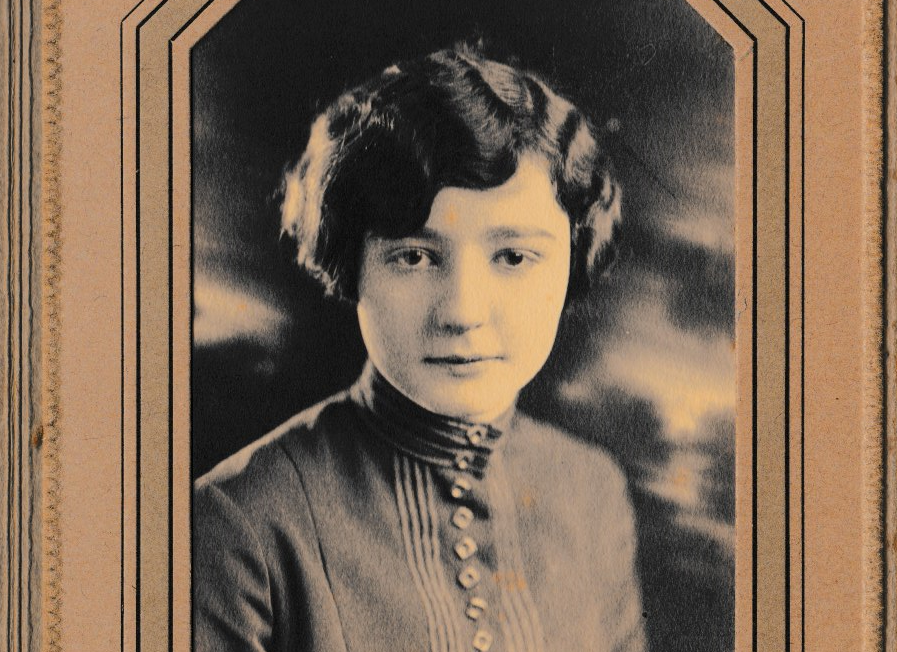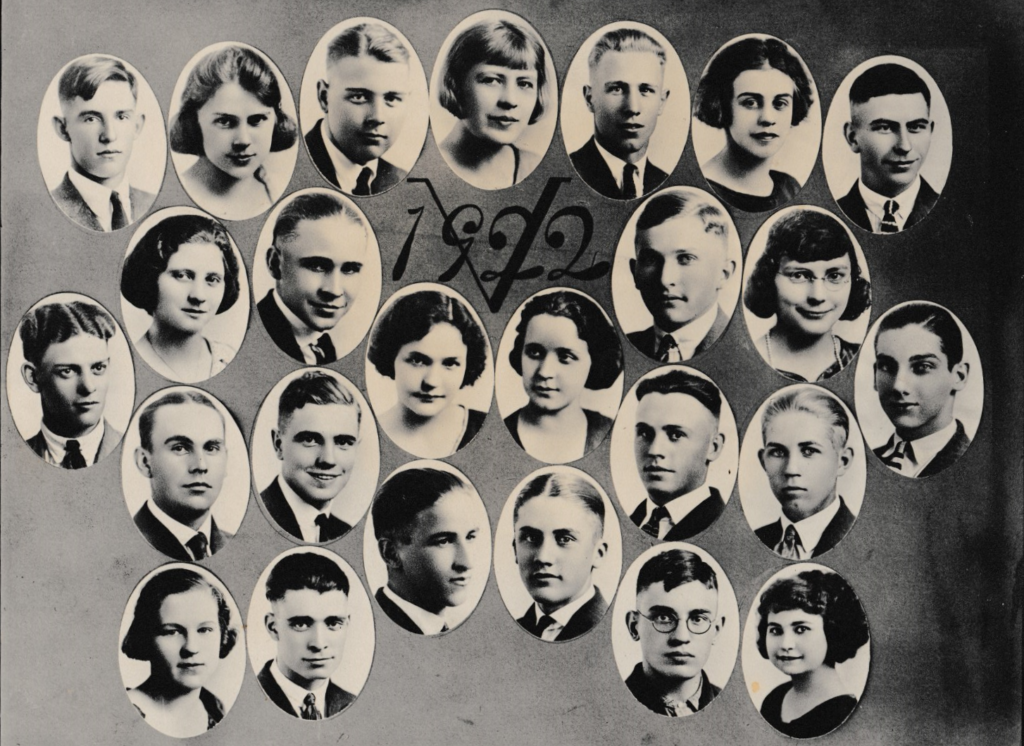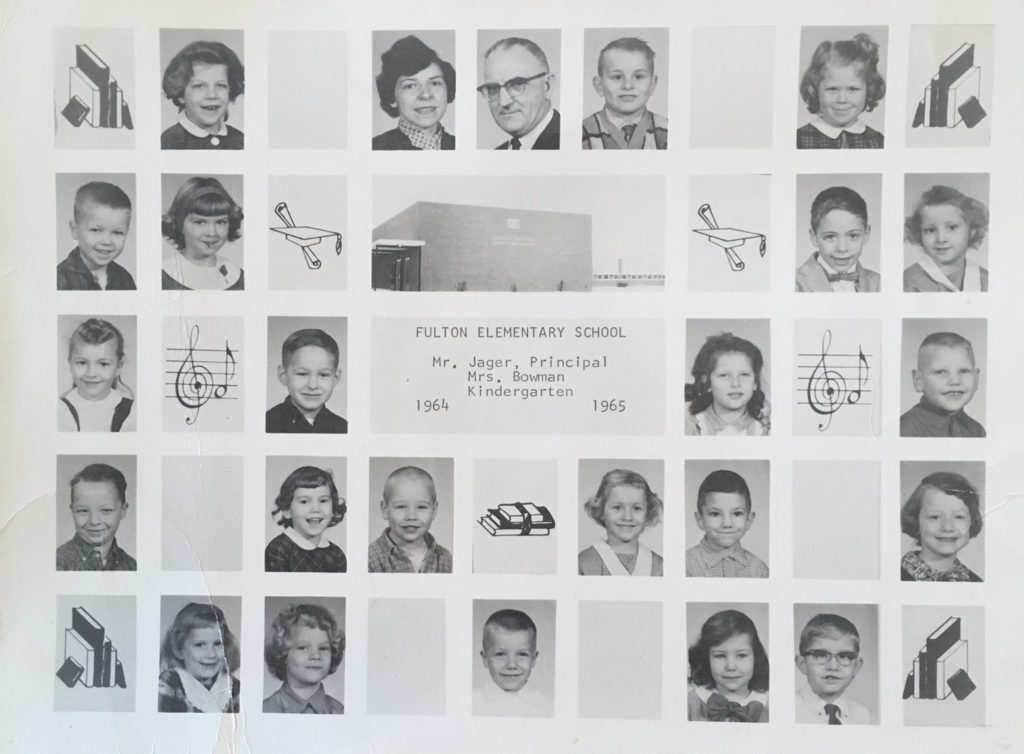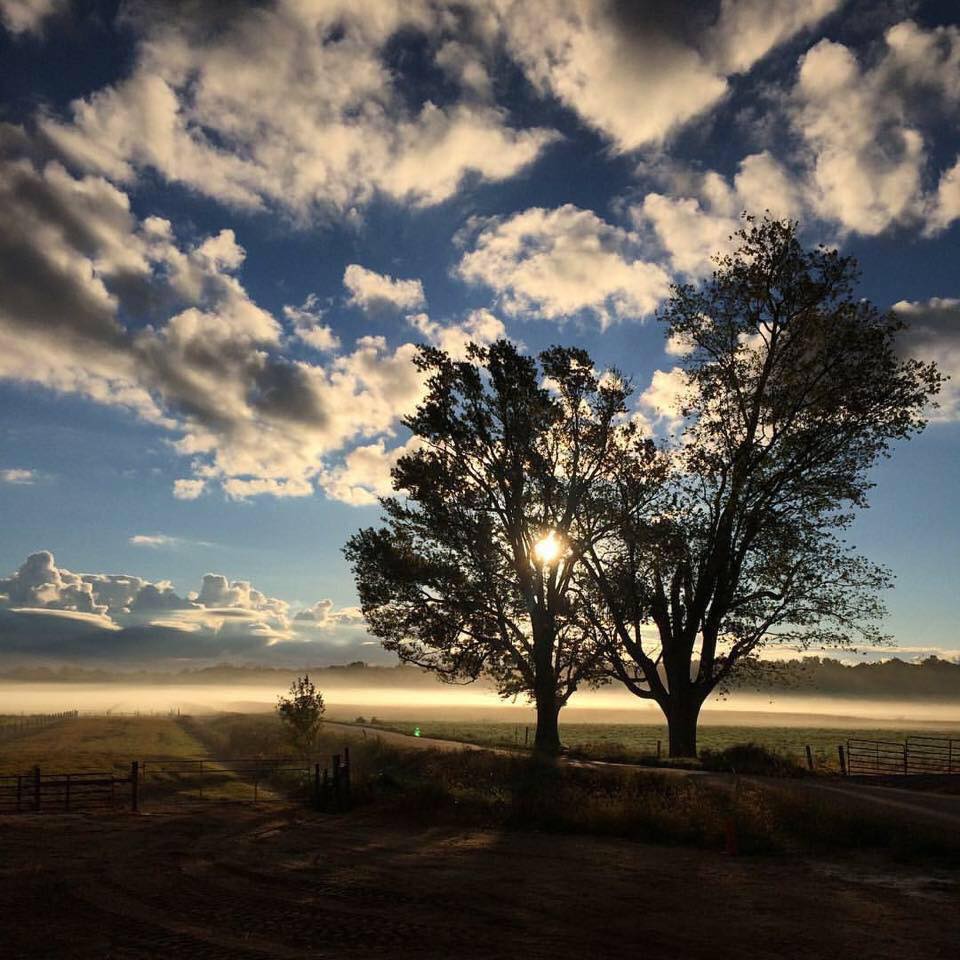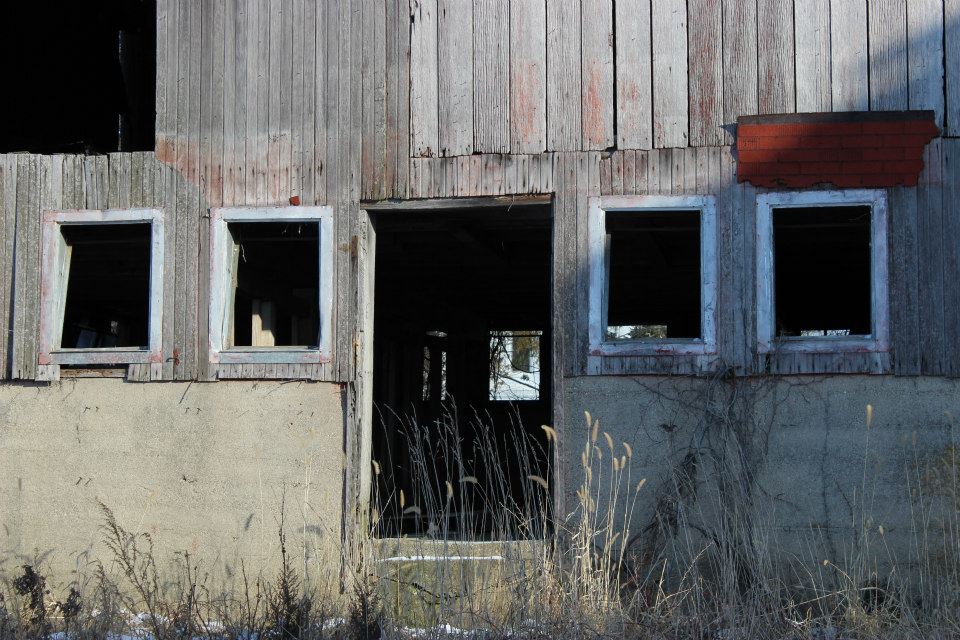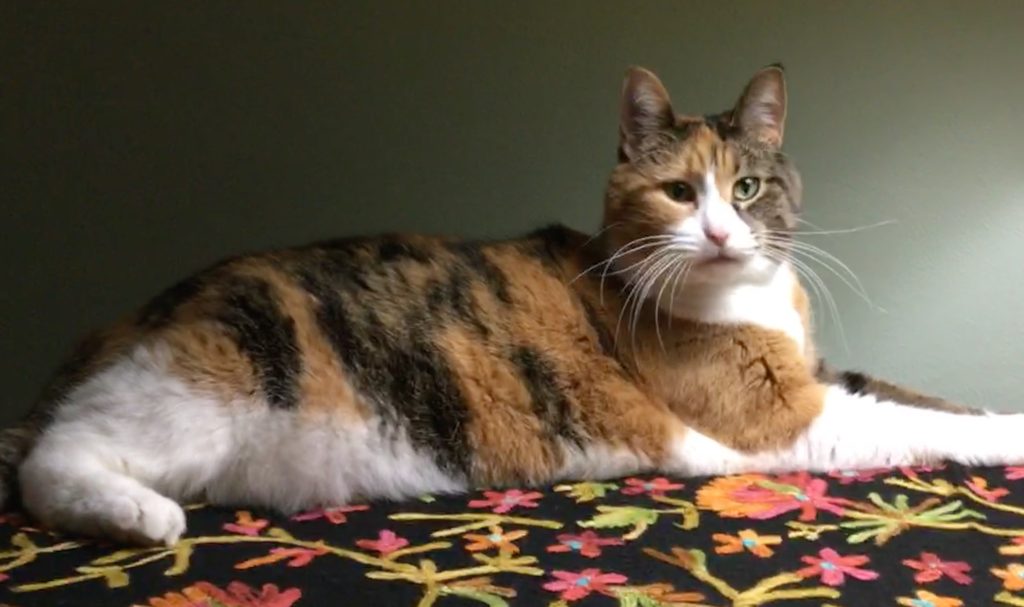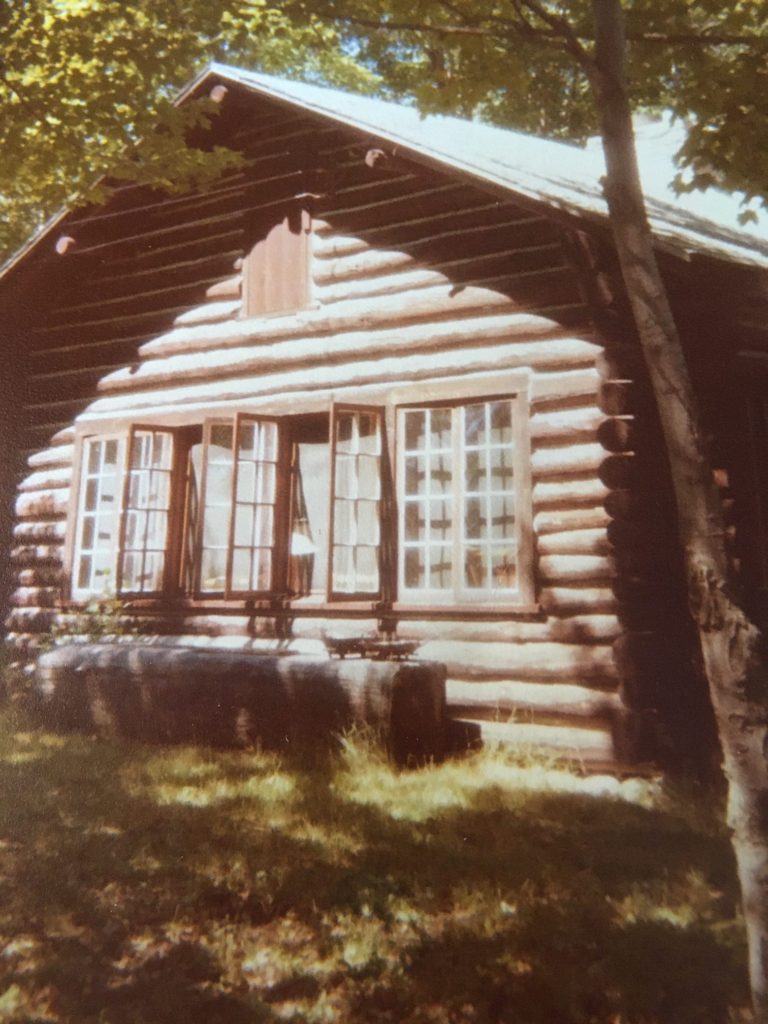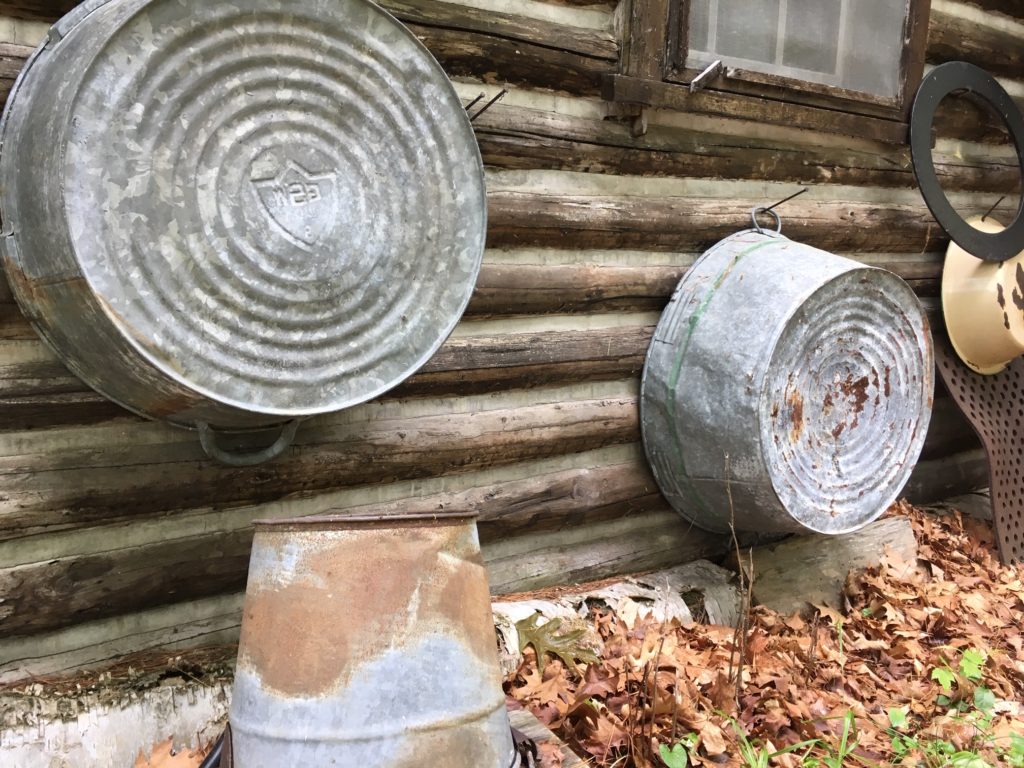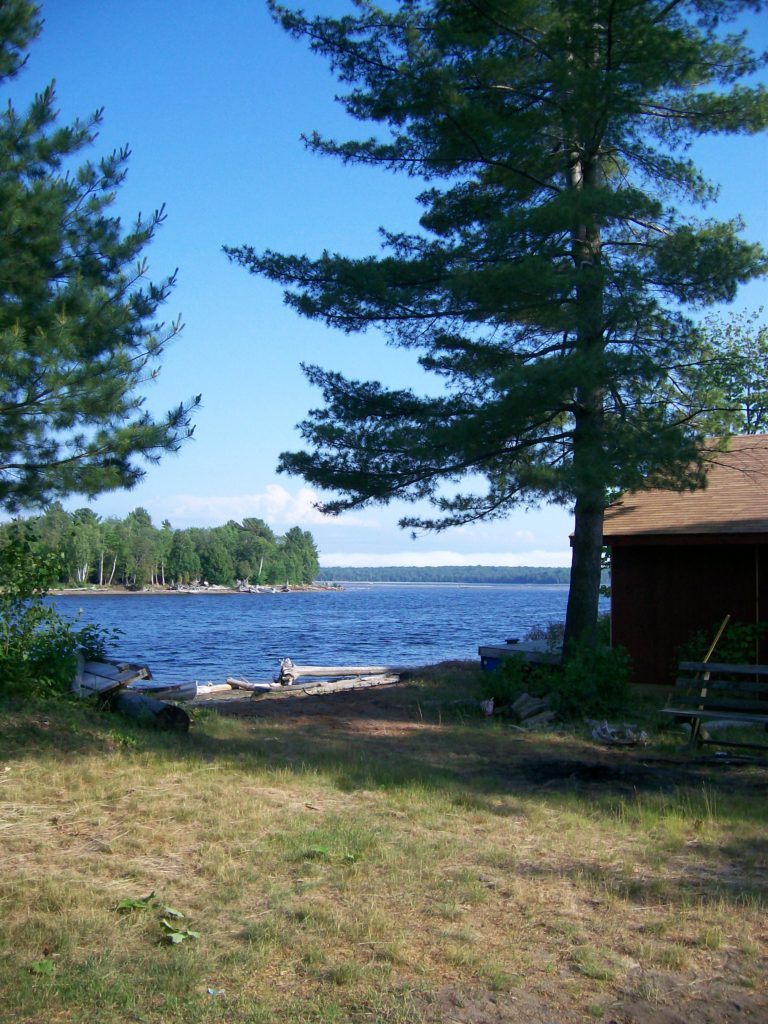Some people just have a knack for gift giving. These folks understand how to select and beautifully wrap their unique finds. While I am certainly not a perfect gift giver, I have always enjoyed shopping for Christmas presents, which started in my early years in the little family-owned shops on Main Street.
During December, the stores in Vicksburg were open late every Wednesday night, and most of the village restaurants took advantage of the increased traffic and offered late suppers or desserts for the holiday shoppers. There were many downtown retailers during the 1960s and 1970s; most were family owned and staffed by the proprietors and their families. The village featured two pharmacies, two ladies’ dress shops, a department store, two hardware stores, and a satisfying mix of other gift, specialty and variety stores. Retail business was steady and reliable.
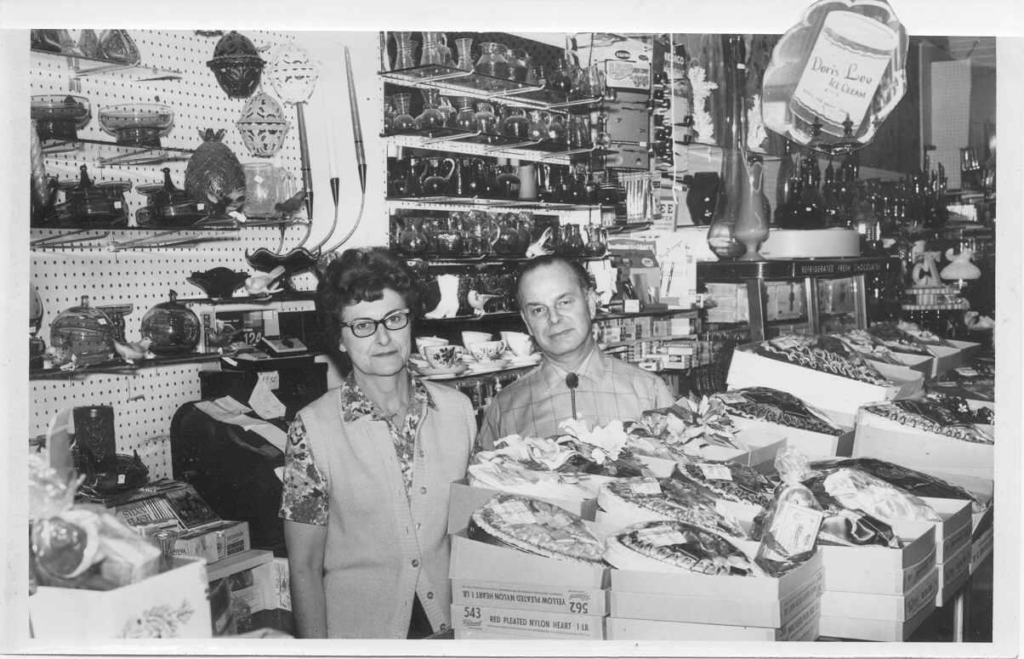
In the December twilight, my mom parked the station wagon on Main Street: two of my brothers and I had an hour to shop before we were to return to the car to check in. Scott and Steve joined forces, and I set out on my own. To buy my gifts, I had saved money, a total of $20, and with that, I purchased presents for my four brothers, my parents, and my two grandmothers. The gifts were obviously nothing extravagant, but they took serious thought and budgeting.
Because we always tagged along with our parents as they frequented the various businesses, I knew each of the storekeepers. There was such a sense of security in that! And while I certainly didn’t spend much that day, they treated this 12-year-old customer with kindness each time I parted with my crumpled bills. I imagine my brothers had a similar experience during their separate expedition.
After returning home, we carefully wrapped our special finds, using miles and miles of tape, then we placed our little parcels in separate piles under the tree and counted the days until Christmas. I was as excited by the gifts I had found, as I was for the gifts I would receive.

While many families participate in gift-giving traditions, this holiday season will be different for most of us; many people are distancing from loved ones, will not be travelling and are facing hardships. And while we know this is temporary, it is still difficult.
Yes, physical gifts are nice, but this current situation has provided me much clarity: truly the most important gift is the time we can spend together. I recall my holiday celebrations throughout the years: the laughter, the tears, the conversations, and yes, even the disagreements. I will miss it all this year.
I am so thankful for my many memories with our friends and family.
Yes, of course there will be special presents under our tree, but never again will I take the perfect gift of togetherness for granted.
It’s a Fine Life.
